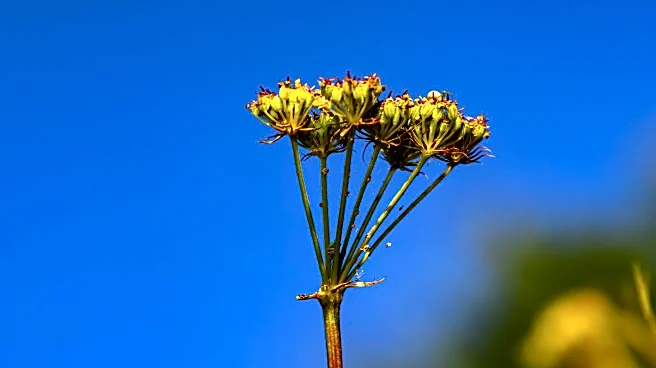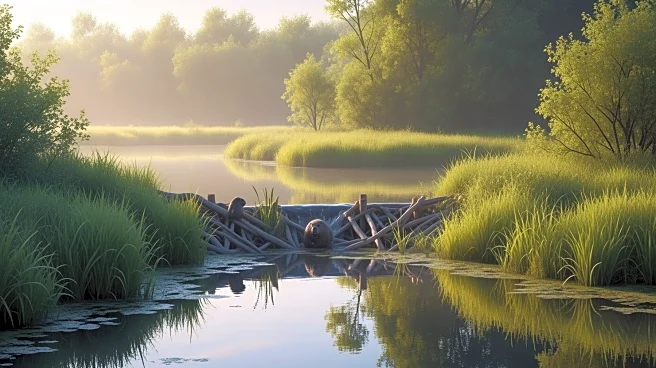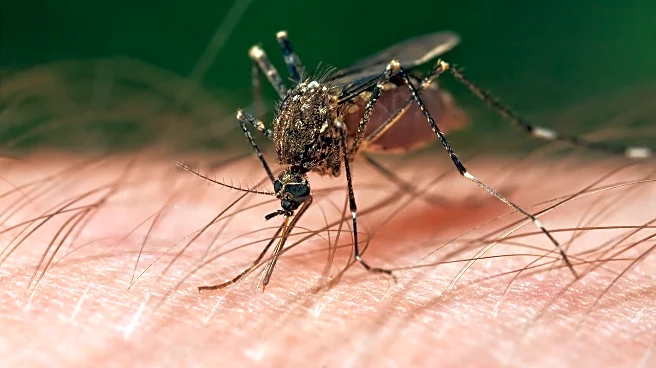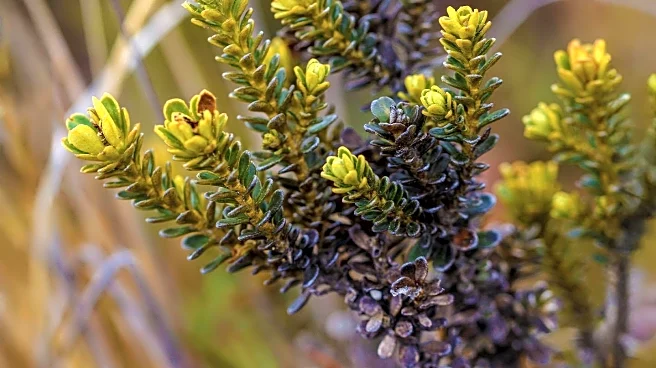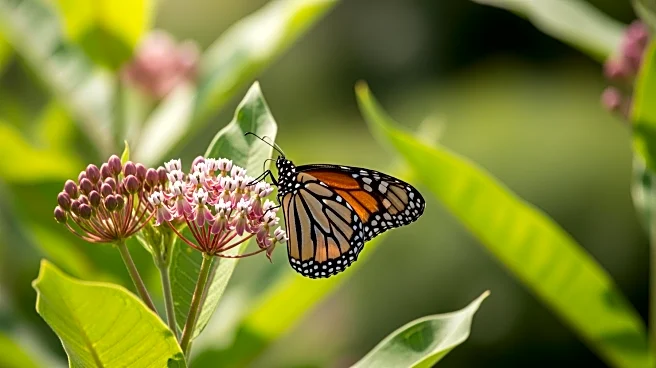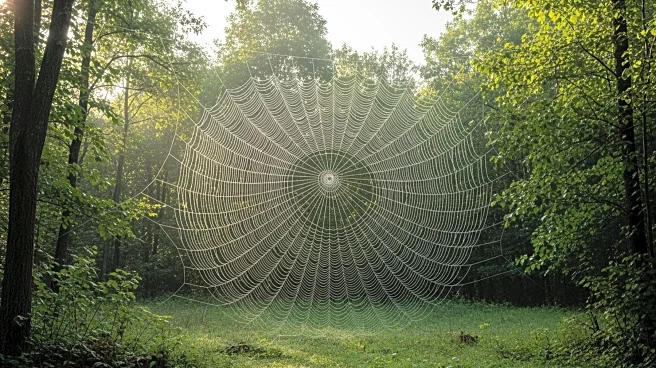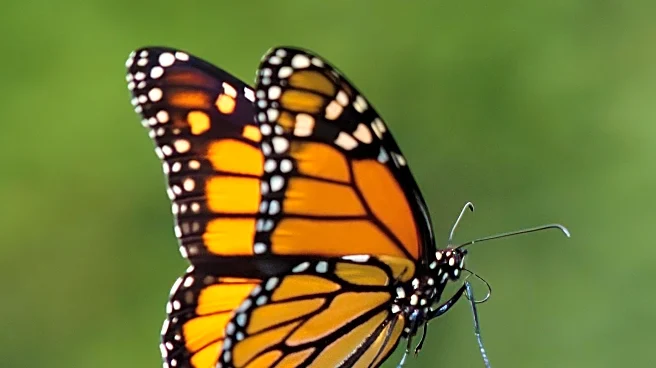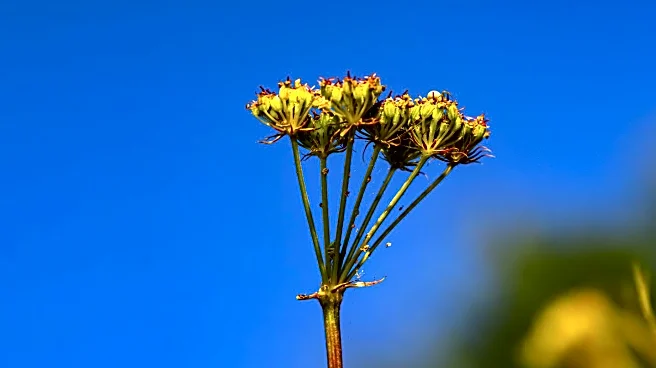What's Happening?
Gardeners are being urged to reconsider how they landscape around trees to support caterpillar populations, which are crucial to the ecosystem. According to entomologist Doug Tallamy, caterpillars drop from trees and pupate in the ground, and the way
we manage the area under trees can impact their survival. Tallamy suggests creating 'soft landings' by allowing leaves to remain under trees and planting native groundcovers. This approach not only aids caterpillars but also supports birds, reptiles, and spiders that rely on them for food. Additionally, caterpillars eventually become moths and butterflies, which are important pollinators.
Why It's Important?
The initiative to provide 'soft landings' for caterpillars is significant for maintaining healthy ecosystems. Caterpillars play a vital role in the food web, serving as a food source for various animals and contributing to pest control. By supporting caterpillar populations, gardeners can enhance biodiversity and promote the health of native plants and animals. This practice also aligns with sustainable gardening efforts, reducing the need for chemical pest control and fostering natural pollination processes.
What's Next?
Gardeners are encouraged to adopt these practices by using resources like the National Wildlife Federation's native plant finder to select appropriate plants for their regions. As more people implement these strategies, it is expected to lead to healthier ecosystems and increased awareness of the importance of native species in gardening.
Beyond the Headlines
This movement towards ecological gardening reflects a broader shift in environmental awareness and responsibility. By focusing on native species and natural processes, gardeners can contribute to larger conservation efforts and help mitigate the impacts of habitat loss and climate change.
